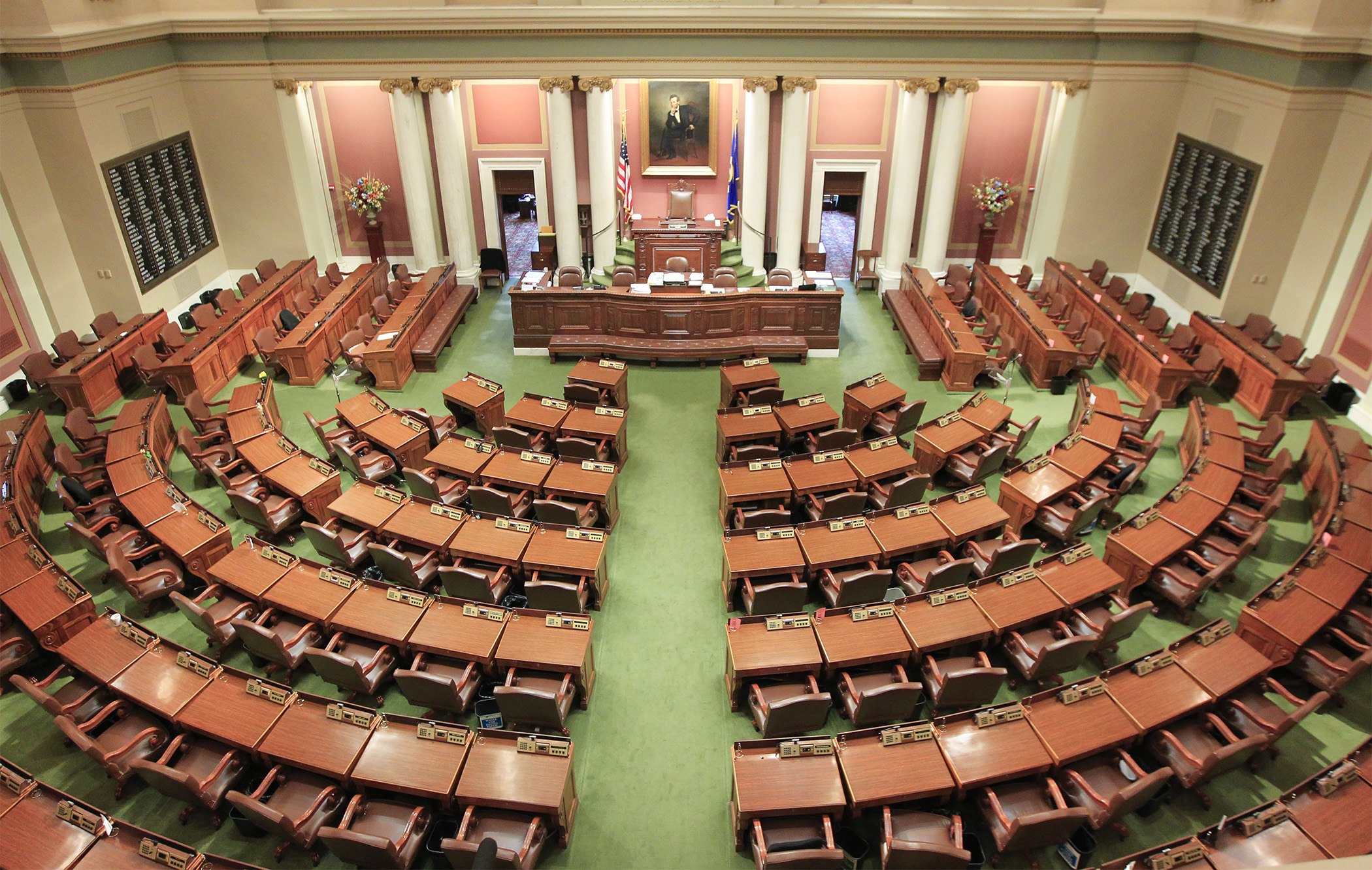'Very important work' on redistricting efforts underway in House

There are 67 legislative districts in Minnesota — each has two seats in the House of Representatives and one in the Senate. But the population in those districts is constantly changing as people move, die or are born.
So each decade a national census is done to reflect those changes and allow district boundaries to be redrawn in an effort to ensure everyone has equal representation in their local, state and federal governments.
The Legislature is given the power to redraw Minnesota’s legislative districts, a task that must to begin this year in the wake of the 2020 census and the upcoming 2022 elections, when all 201 lawmakers will again be on the ballot.
The pandemic and national politics slowed last year’s census process, however. Statewide population data that was due at the end of 2020 to help determine Minnesota’s representation in Congress arrived at the end of April.
And the more detailed numbers needed for redistricting, which were to arrive in March, are now not expected to be completely delivered until September, a House panel heard Saturday.
So lawmakers will have to work quickly if they are to meet the Feb. 15, 2022 deadline, when the enactment of new district plans is expected to be done.
That work officially began in the House Saturday morning with the first meeting of the 19-member House Redistricting Committee. Members received an overview from nonpartisan staff of the job ahead.
They learned that Minnesota’s population grew 7.6% from 2010 to 2020 (now at 5,706,494), which was slightly more than the 7.4% national average. The size of each House and Senate district in the state will also grow once redistricting is complete.
But those districts where population shrank, or did not grow as quickly, will need to expand and potentially combine to include more people, whereas the fastest growing districts will need to shrink and potentially divide to include fewer people.
The “ideal” House district will now have a population of 42,586 – up from 39,582 in 2010 – while the ideal Senate district will be 85,172 – up from 79,163.
In Minnesota, which has the nation’s only divided Legislature, redistricting could very easily shift control of the House or Senate from one party to the other following the next election.
With so much riding on the outcome, it’s perhaps not surprising that —more often than not over the last several decades —courts have had to step in to make the final determinations after lawmakers were unable to agree on a new map.
There was nothing but optimism about the work ahead during Saturday’s meeting, however.
“I really want the House of Representatives and the Senate to draw up a map we can pass,” said Rep. Mary Murphy (DFL-Hermantown), the committee chair. She said people who scoff at the idea that it can be done are the same people who said Minnesota would lose one of its eight congressional seats. Minnesota narrowly retained its eighth seat.
Rep. Paul Torkelson (R-Hanska), who is the committee’s GOP lead, believes it will be important to gather public input throughout the process, which he said has a dramatic impact on every Minnesotan.
“It’s very important work,” Torkelson said.
Related Articles
Search Session Daily
Advanced Search OptionsPriority Dailies
Speaker Emerita Melissa Hortman, husband killed in attack
By HPIS Staff House Speaker Emerita Melissa Hortman (DFL-Brooklyn Park) and her husband, Mark, were fatally shot in their home early Saturday morning.
Gov. Tim Walz announced the news dur...
House Speaker Emerita Melissa Hortman (DFL-Brooklyn Park) and her husband, Mark, were fatally shot in their home early Saturday morning.
Gov. Tim Walz announced the news dur...
Lawmakers deliver budget bills to governor's desk in one-day special session
By Mike Cook About that talk of needing all 21 hours left in a legislative day to complete a special session?
House members were more than up to the challenge Monday. Beginning at 10 a.m...
About that talk of needing all 21 hours left in a legislative day to complete a special session?
House members were more than up to the challenge Monday. Beginning at 10 a.m...